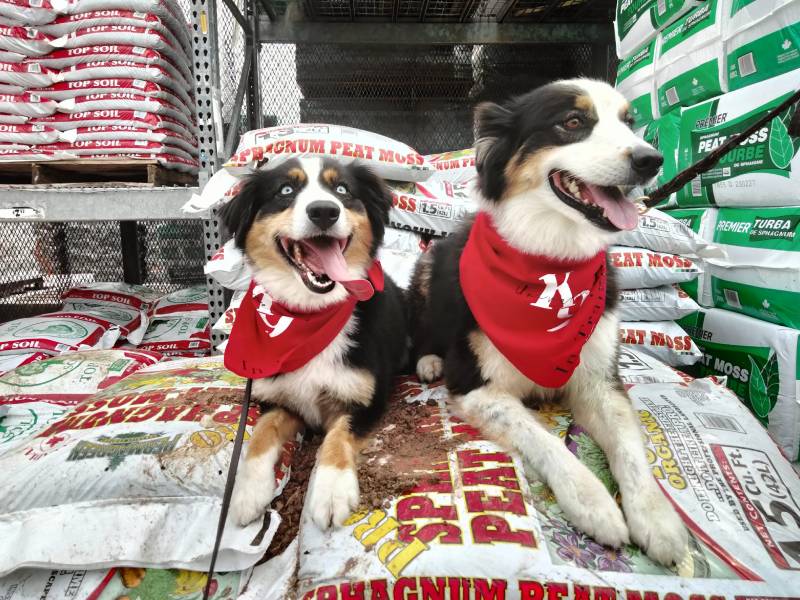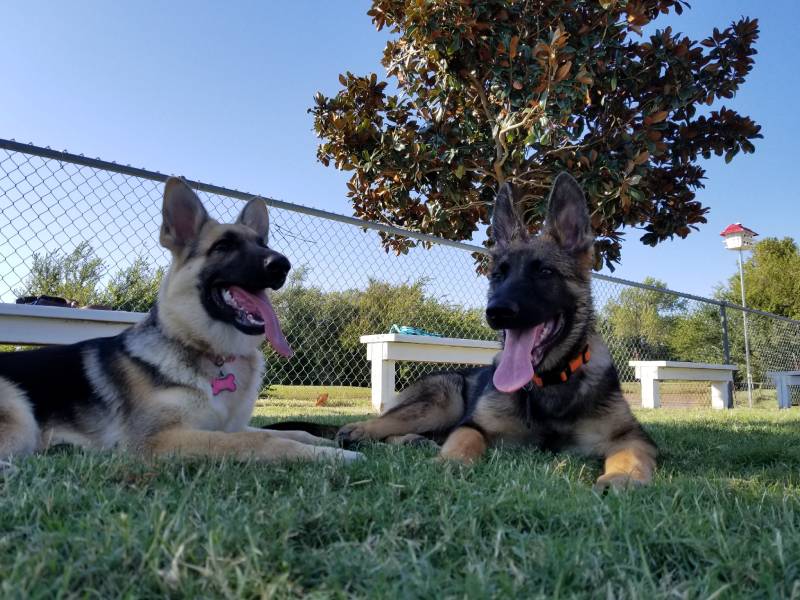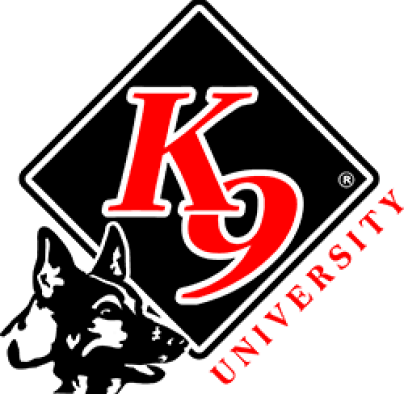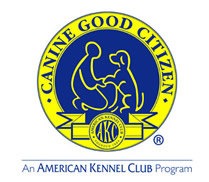K9 University’s Canine Good Citizen® (CGC®) and Therapy Dog Training
Oklahoma City Canine Good Citizen®

The Canine Good Citizen Training – CGC® program is a two-part process that stresses responsible pet ownership for owners and basic good manners for dogs. All dogs who pass the 10-step CGC test may receive a certificate from the American Kennel Club. This certificate is not a title, but rather a symbol that the team passed the requirements of the program, and is, therefore, a good citizen.
The Canine Good Citizen Program (CGC®) lays the foundation for other AKC activities, as well as being a basic requirement for a Therapy Dog career. This type of training enhances the bond between the owner and dog, plus enhances the satisfaction level of the dog team.
Look up the CGC® Approved Evaluators list.
Our CGC / Therapy classes are done in a private one-on-one setting, as well as group classes. You may call (405-231-4335) or contact us for additional questions.
Prerequisite: Reasonable obedience is required, as well as a dog that is good with people and dogs, or K9U trainer assessment + current vaccinations.

10 Skills To Master
The AKC CGC program has ten skills that must be mastered by all dogs that successfully complete it. These are skills we’ll help you master in the CGC class. These skill exercises are done on leash, and consist of the following steps:
Test 1
Accepting a friendly stranger
The dog will allow a friendly stranger to approach it and speak to the handler in a natural, everyday situation.Test 2
Sitting politely for petting
The dog will allow a friendly stranger to pet it while it is out with its handler.Test 3
Appearance and grooming
The dog will welcome being groomed and examined and will permit someone, such as a veterinarian, groomer or friend of the owner, to do so.Test 4
Out for a walk (walking on a loose lead)
The handler/dog team will take a short “walk” to show that the dog is in control while walking on a leash.Test 5
Walking through a crowd
The dog and handler walk around and pass close to several people (at least three) to demonstrate that the dog can move about politely in pedestrian traffic and is under control in public places.Test 6
Sit and down on command and Staying in place
The dog will respond to the handler’s commands to 1) sit, 2) down and will 3) remain in the place commanded by the handler (sit or down position, whichever the handler prefers).Test 7
Coming when called
The dog will come when called by the handler. The handler will walk 10 feet from the dog, turn to face the dog, and call the dog.Test 8
Reaction to another dog
To demonstrate that the dog can behave politely around other dogs, two handlers and their dogs approach each other from a distance of about 20 feet, stop, shake hands and exchange pleasantries, and continue on for about 10 feet.Test 9
Reaction to distraction
To demonstrate the dog is confident when faced with common distracting situations, the evaluator will select and present two distractions. Examples of distractions include dropping a chair, rolling a crate dolly past the dog, having a jogger run in front of the dog, or dropping a crutch or cane.Test 10
Supervised separation
This test demonstrates that a dog can be left with a trusted person, if necessary, and will maintain training and good manners. Evaluators are encouraged to say something like, “Would you like me to watch your dog?” and then take hold of the dog’s leash. The owner will go out of sight for three minutes.
Need Help



